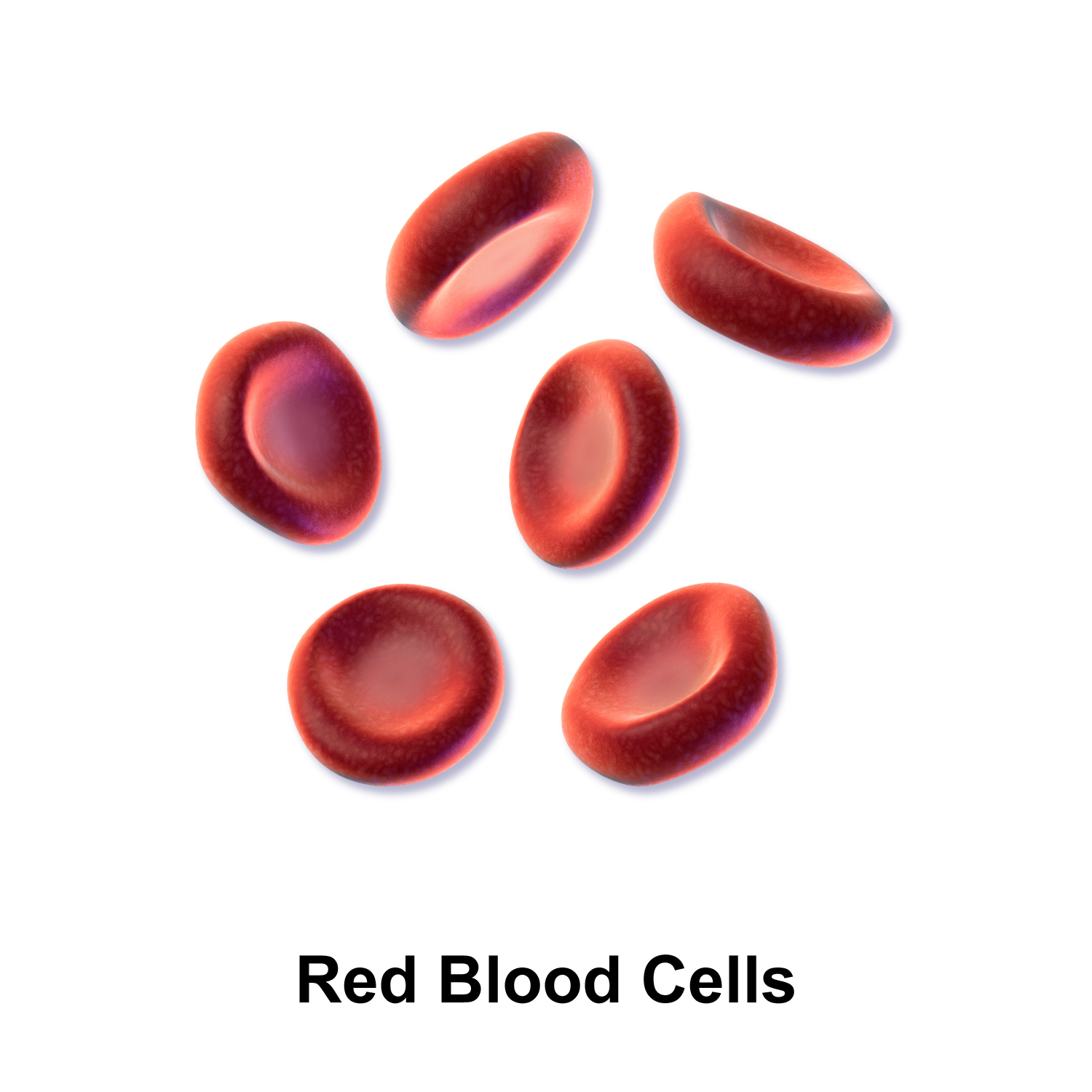Congenital dyserythropoietic anemia
(Redirected from Dyserythropoietic anemia, congenital)
Editor-In-Chief: Prab R Tumpati, MD
Obesity, Sleep & Internal medicine
Founder, WikiMD Wellnesspedia &
W8MD medical weight loss NYC and sleep center NYC
| Congenital dyserythropoietic anemia | |
|---|---|

| |
| Synonyms | N/A |
| Pronounce | N/A |
| Specialty | N/A |
| Symptoms | Anemia, jaundice, splenomegaly, gallstones |
| Complications | Iron overload, heart failure, liver disease |
| Onset | Congenital |
| Duration | Chronic |
| Types | Type I, Type II, Type III |
| Causes | Genetic mutation |
| Risks | Family history |
| Diagnosis | Blood test, bone marrow biopsy, genetic testing |
| Differential diagnosis | Hemolytic anemia, thalassemia, sideroblastic anemia |
| Prevention | N/A |
| Treatment | Blood transfusion, iron chelation therapy, splenectomy, bone marrow transplant |
| Medication | N/A |
| Prognosis | Variable, depending on type and treatment |
| Frequency | Rare |
| Deaths | N/A |
Congenital dyserythropoietic anemia (CDA) is a rare group of genetic disorders characterized by ineffective erythropoiesis, a process responsible for producing red blood cells. The term "congenital dyserythropoietic anemia" was first coined in 1968 to describe a group of conditions that are present from birth and involve the abnormal development of red blood cells.
Types[edit | edit source]
There are three main types of CDA: Type I, Type II, and Type III. Each type is distinguished by the genetic cause and the nature of the red blood cell abnormalities.
- CDA Type I is characterized by moderate to severe anemia, jaundice, and splenomegaly. It is caused by mutations in the CDAN1 gene.
- CDA Type II is the most common type of CDA. It is characterized by mild to severe anemia, jaundice, and splenomegaly. It is caused by mutations in the SEC23B gene.
- CDA Type III is the rarest type of CDA. It is characterized by mild anemia, and it is caused by mutations in the KIF23 gene.
Symptoms[edit | edit source]
The symptoms of CDA vary depending on the type, but they generally include fatigue, weakness, pale skin, and an enlarged liver and spleen. Some people with CDA may also have abnormal bone development, particularly in the fingers and toes.
Diagnosis[edit | edit source]
Diagnosis of CDA is based on a combination of clinical examination, blood tests, and genetic testing. The blood tests can reveal anemia and abnormal red blood cells, while genetic testing can identify the specific gene mutations causing the condition.
Treatment[edit | edit source]
Treatment for CDA is aimed at managing the symptoms and preventing complications. This may include blood transfusions, iron chelation therapy to remove excess iron from the body, and in severe cases, a bone marrow transplant.
See also[edit | edit source]
This article is a hematology stub. You can help WikiMD by expanding it!
Transform your life with W8MD's budget GLP1 injections from $125
W8MD offers a medical weight loss program NYC and a clinic to lose weight in Philadelphia. Our W8MD's physician supervised medical weight loss centers in NYC provides expert medical guidance, and offers telemedicine options for convenience.
Why choose W8MD?
- Comprehensive care with FDA-approved weight loss medications including:
- loss injections in NYC both generic and brand names:
- weight loss medications including Phentermine, Qsymia, Diethylpropion etc.
- Accept most insurances for visits or discounted self pay cost.
- Generic weight loss injections starting from just $125.00 for the starting dose
- In person weight loss NYC and telemedicine medical weight loss options in New York city available
- Budget GLP1 weight loss injections in NYC starting from $125.00 biweekly with insurance!
Book Your Appointment
Start your NYC weight loss journey today at our NYC medical weight loss, and Philadelphia medical weight loss Call (718)946-5500 for NY and 215 676 2334 for PA
Search WikiMD
Ad.Tired of being Overweight? Try W8MD's NYC physician weight loss.
Semaglutide (Ozempic / Wegovy and Tirzepatide (Mounjaro / Zepbound) available. Call 718 946 5500.
Advertise on WikiMD
|
WikiMD's Wellness Encyclopedia |
| Let Food Be Thy Medicine Medicine Thy Food - Hippocrates |
Translate this page: - East Asian
中文,
日本,
한국어,
South Asian
हिन्दी,
தமிழ்,
తెలుగు,
Urdu,
ಕನ್ನಡ,
Southeast Asian
Indonesian,
Vietnamese,
Thai,
မြန်မာဘာသာ,
বাংলা
European
español,
Deutsch,
français,
Greek,
português do Brasil,
polski,
română,
русский,
Nederlands,
norsk,
svenska,
suomi,
Italian
Middle Eastern & African
عربى,
Turkish,
Persian,
Hebrew,
Afrikaans,
isiZulu,
Kiswahili,
Other
Bulgarian,
Hungarian,
Czech,
Swedish,
മലയാളം,
मराठी,
ਪੰਜਾਬੀ,
ગુજરાતી,
Portuguese,
Ukrainian
Medical Disclaimer: WikiMD is not a substitute for professional medical advice. The information on WikiMD is provided as an information resource only, may be incorrect, outdated or misleading, and is not to be used or relied on for any diagnostic or treatment purposes. Please consult your health care provider before making any healthcare decisions or for guidance about a specific medical condition. WikiMD expressly disclaims responsibility, and shall have no liability, for any damages, loss, injury, or liability whatsoever suffered as a result of your reliance on the information contained in this site. By visiting this site you agree to the foregoing terms and conditions, which may from time to time be changed or supplemented by WikiMD. If you do not agree to the foregoing terms and conditions, you should not enter or use this site. See full disclaimer.
Credits:Most images are courtesy of Wikimedia commons, and templates, categories Wikipedia, licensed under CC BY SA or similar.
Contributors: Prab R. Tumpati, MD





